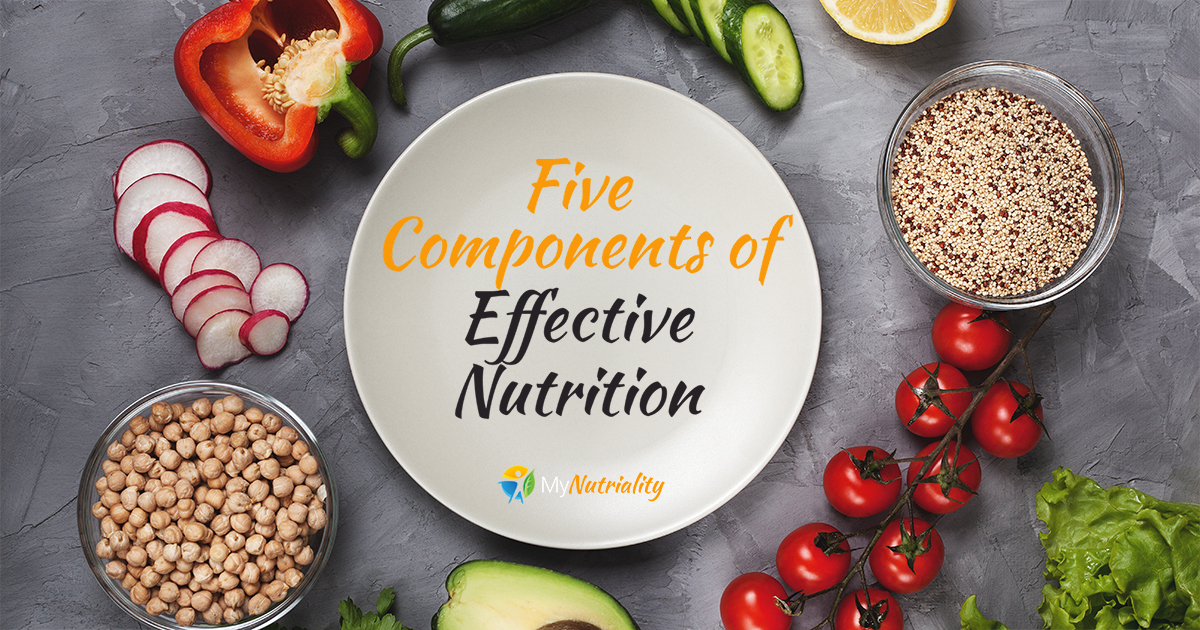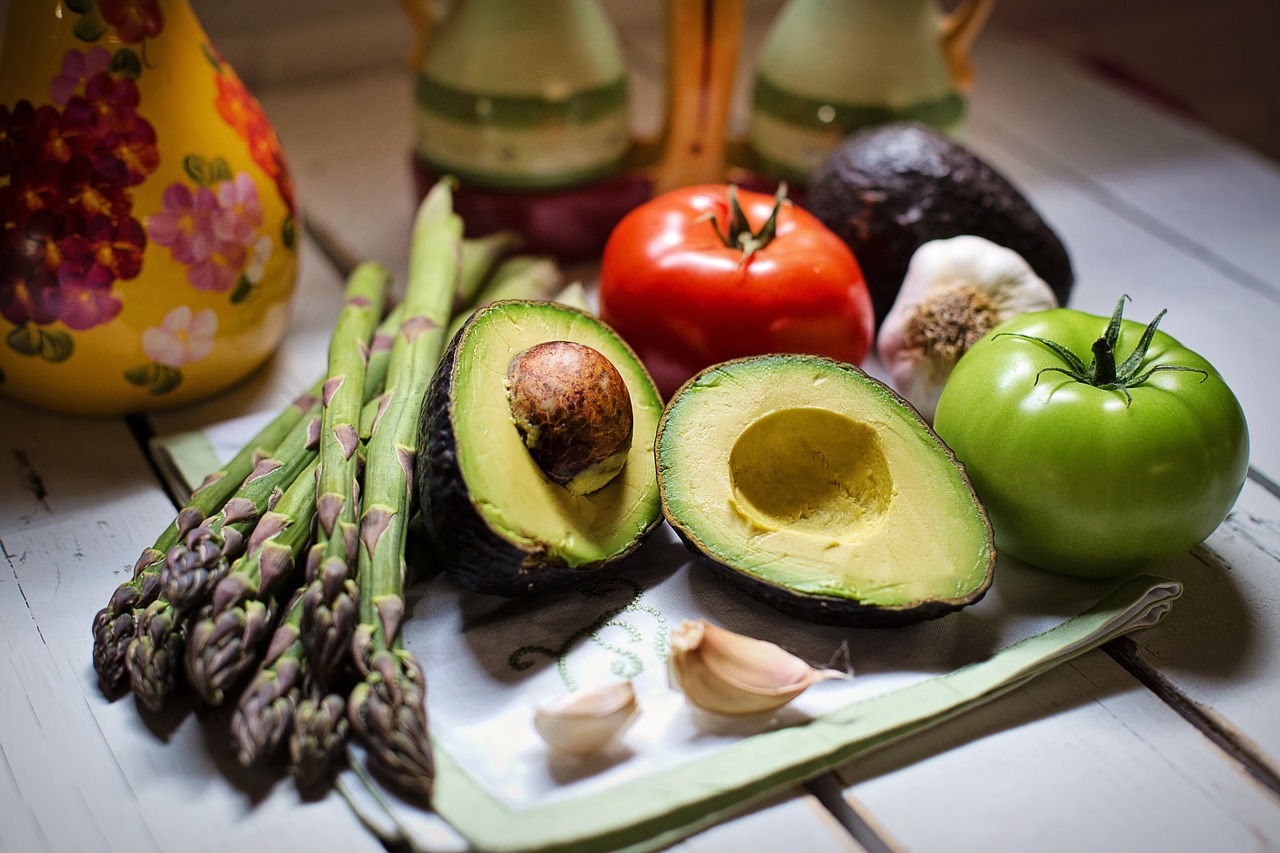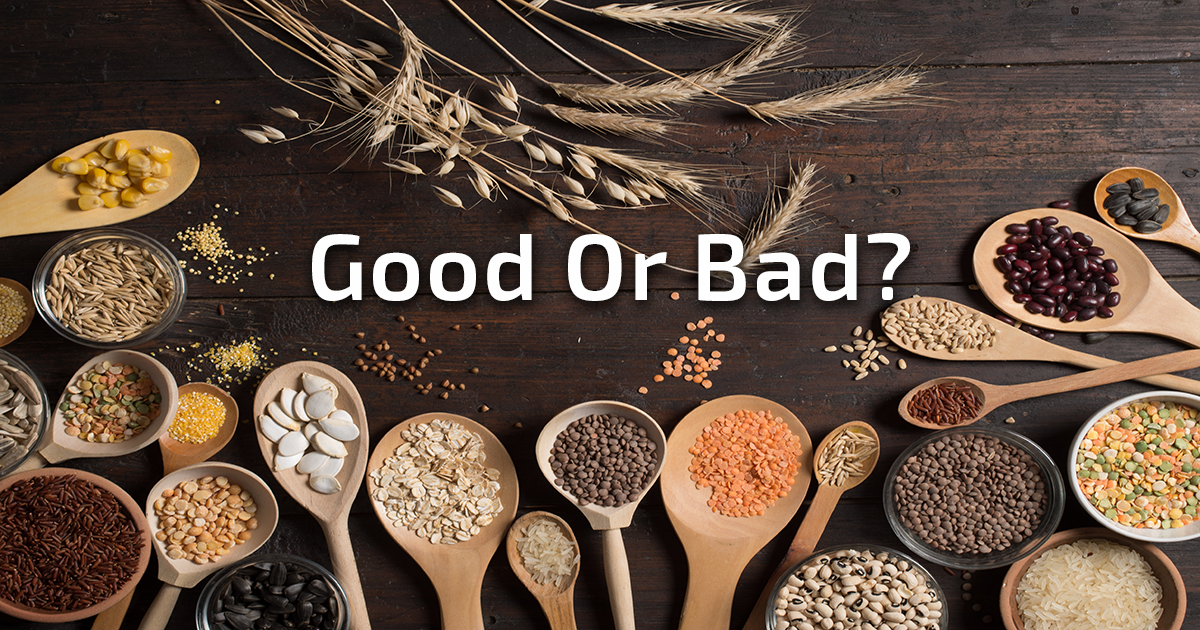The secret to any successful diet is a strategy that is based in scientific research as well as proven facts and methods. When you understand what effective nutrition is rather than focusing on diets, you will be far more successful in maintaining your health and weight.
To provide effective nutrition, a meal plan must follow these five guidelines:
- Balance
- Calorie Control
- Moderation
- Variety
- Adequacy
Incorporating these elements into your meal plan will give you rock-solid foundation of nutrition. Even if you stray from your plan occasionally, these five guidelines will provide insight and awareness for you to learn to eat better, and create the changes you need to develop and maintain a healthy lifestyle over time. You may be tempted to change your plan by fads, dietary trends, health guru advice, or maybe even some tips from well-meaning friends. Though these may work for some people, your best bet is to disregard all the noise and just keep to these basics.
Balance
Make sure you’re getting the right amount of the right foods and limiting the things that can have a negative effect on your health.
Calorie Control
Calorie control and management isn’t just about reducing calories; it’s about making sure you have the correct amount of calories throughout the day to keep your system working effectively and optimally.
Moderation
Don’t take in an excess amount of things that can have a negative impact on your health. Additionally, there can be too much of a good thing; even with healthy foods – don’t overeat.
Variety
Ensure that you have proper nutrition, but also try to change things up. Variety is the spice of life! There’s no need to have monotonous diet. Try new things and vary your diet.
Adequacy
Make sure you’re getting all of the essential nutrients and vitamins you need to maintain your health and replace what is consumed by your body on a daily/weekly basis.
For most, doing nothing is easier than risking failure, so they don’t even try to make a change.
That obviously isn’t you, or you wouldn’t even be reading this. Congratulations on making it this far.
You have decided to make positive changes and you’re sick of doing nothing.
Your vision of your future will get you off the couch- so that vision must be good. Make your vision clear and focused on specific, measurable outcomes you want to see, while holding yourself accountable to taking the daily actions that will realize your vision.
Studies have shown that including nutrition interventions with fitness training for weight loss is 400% more effective than fitness training alone! This combo is the cornerstone of the My Nutriality weight loss challenge and the best combo to help anyone achieve their health and fitness goals.
With My Nutriality, you will never have to procrastinate or be confused as to what you are going to eat. Our daily meal plan will help you achieve positive results and effective nutrition. Gone are your days of waiting until the last minute to decide what you are going to eat. As the name implies, your meal plan will take the guess work out of choosing what you want to eat by providing you with a road map of how to eat.
My Nutriality gives you 24/7 access to your personal, licensed and registered dietitian, and certified trainer that will craft a perfect, balanced, and effective plan just for you. By putting your trust in our trainers and dieticians, you will have more time to focus on the things you love while we focus on shaping a “NEW YOU”.











